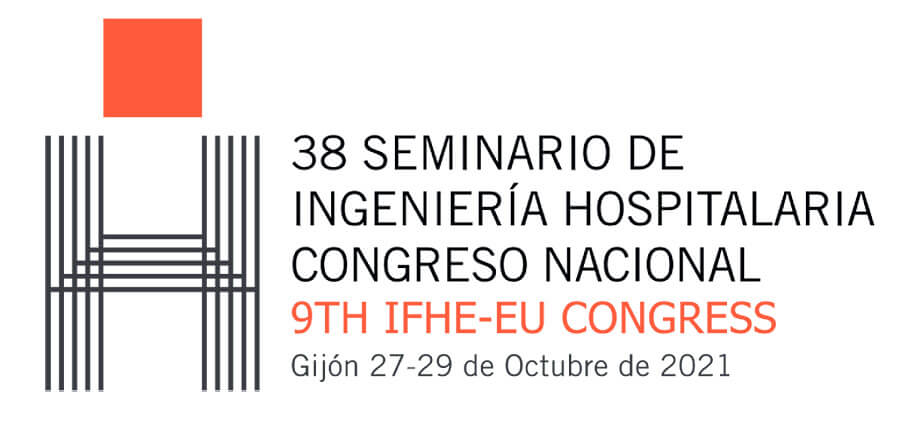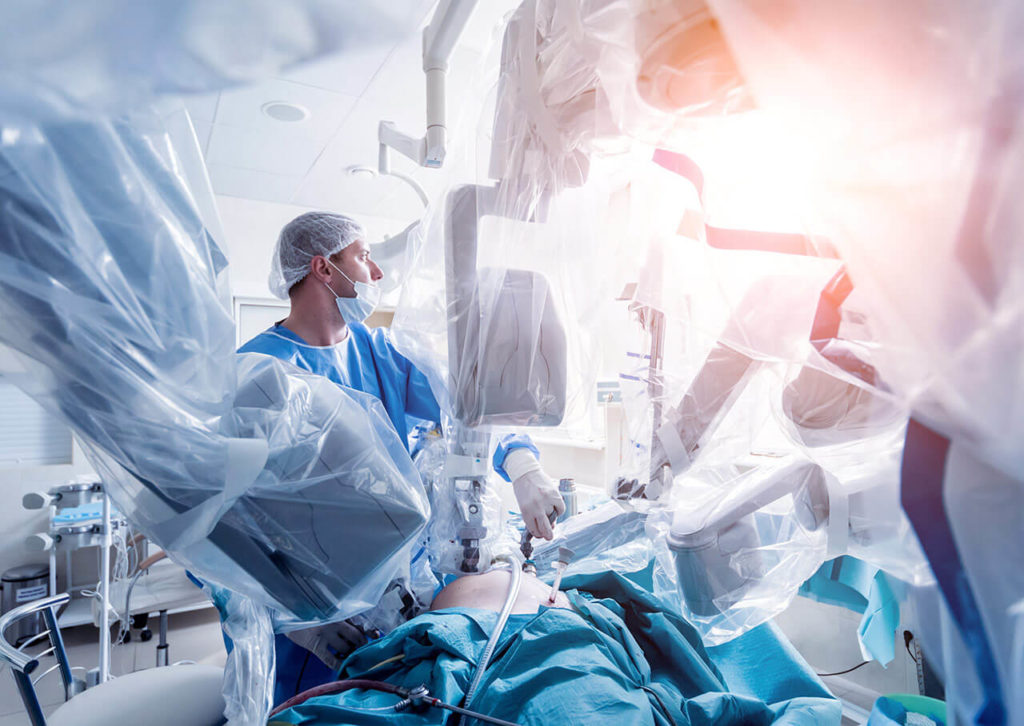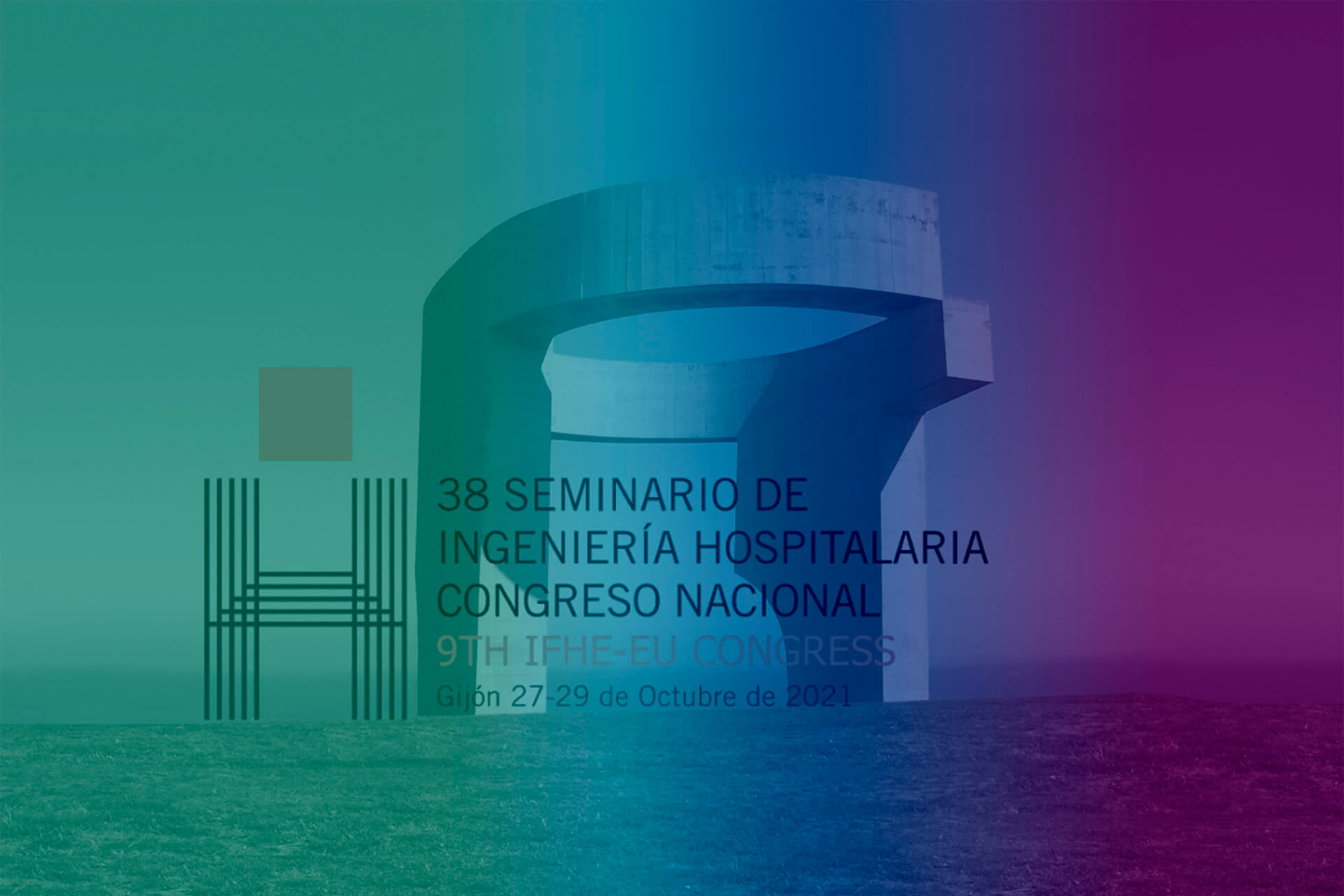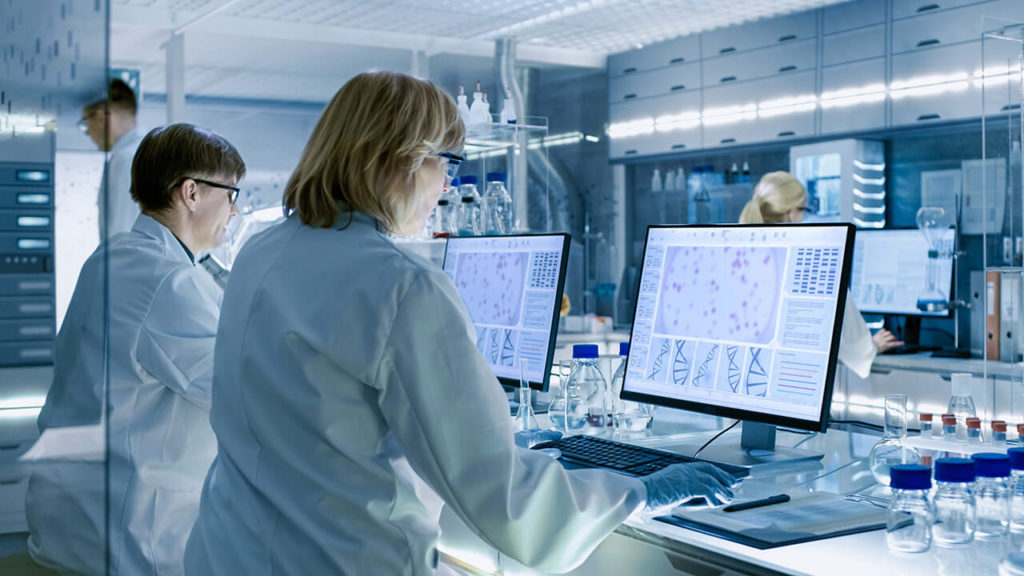The figure of the hospital engineer, key to the future of healthcare.

Last October, the 38th Hospital Engineering Congress / 9th IFHE-EU Congress was held in Gijón (Spain). During the two and a half days that the event lasted, several of the most important professionals in the health sector in this area met.
On this occasion, the main novelties, trends and elements of analysis were the innovation of technology, such as 3D printing, Big Data, equipment management … There were also novelties in electromedicine equipment, new architectural projects and especially everything related to the role of hospital engineering in the Covid-19 pandemic.
In ETKHO we have summarized the main points that were discussed and the conclusions that were reached in this congress.
Big Data and Artificial Intelligence
Hospitals, and medicine in general, must go hand in hand with Big Data and Artificial Intelligence. A trend that is reflected not only in the hospital environment strictly, but also in research and in the design of drugs. For example, translational medicine requires more technologists.
Everyone wins with AI: the public system, the private one, the doctors and mainly the patients. Techniques such as georeferenced information are already working which, without going any further, facilitates the geographical analysis of the provision of aid: where and how it is carried out, if there are balances in public investments and how successful they are with patients.

Robotics is a very important plus
Robotics in hospitals is here to stay. However, its implementation is taking place little by little, and even more often than it should be faced with doubts and reluctance. In addition to praising the work of such famous robots as the Da Vinci, the future of robotic cars in hospitals also had an impact, which guarantee a great capacity for saving time thanks to the distribution of surgical work plants.
On the other hand, intelligent robotization in the operating room was also the subject of debate. Surgeons and other healthcare professionals are less and less reluctant to implement this type of technology, because medical results are always better, there is greater safety in operations, fewer errors in processes and incomparable speed.

The enhancement of electromedicine
Electromedical teams and electromedical companies were the object of analysis and applause in Gijón.
The Covid-19 pandemic has advanced in advance certain elements foreseen for the medium-term future, especially with regard to the maintenance of electromedical equipment. Not surprisingly, to date no simulation of a pandemic situation has been carried out in Spain, nor the construction of a hospital in such a short time, as in the case of Isabel Zendal.
End technological obsolescence
Another issue addressed was the imperative need to improve health equipment, starting with ending much of the obsolescence programmed in certain health technology. More innovation, specifications and award criteria, without getting carried away by specific emergencies, is one of the keys to success.
Trends in Hospital Engineering Professionals
Currently, hospital engineers are focusing their efforts on adapting facilities to new standards. With what objective? So that these facilities are more and better prepared than before March 2019, when the pandemic broke out in Spain. To do this, professionals must apply new planning and ventilation methods, adapt hospitals to air levels, etc. It is also essential to put in place the full integration of cutting-edge electromedical technology, such as Big Data or 3D printing.
There is a clear need for innovative projects in hospitals, since very specific and adequate designs are required on a daily basis in very specific facilities. Therefore, the role of the medical bioengineer in hospitals is only going to grow.
“The enhancement of Hospital Engineering given the low visibility of its work, decisive in the care activities of hospital centers, was one of the great leitmotifs of the congress held in Gijón.”

Energy and saving as a main topic
Given the main energy costs in hospitals, that is, water, lighting and air conditioning, the Congress stressed the need to define an energy efficiency system. Health centers have a high potential for savings and this should also be a priority, starting with finding better solutions for the telematic control of central energy facilities in hospitals.
Regarding energy, the event also focused on the European Union’s roadmap on decarbonisation scheduled for 2030. In this regard, public-private collaboration is crucial.
Thus, reducing the footprint that healthcare centers leave on the atmosphere is a major issue, as is the commitment to more sophisticated energy saving systems.
New mindset after the pandemic
The union of healthcare technology and engineering has reached a new status and has opened up new horizons in hospitals. A situation caused by the coronavirus pandemic, which has led to a change in mentality about infrastructure and hospital design.
High-tech hospitals are undoubtedly the future, so, once again, the figure of the hospital engineer is going to be more valued than ever. Technology is and will be the spearhead of the future of healthcare.




